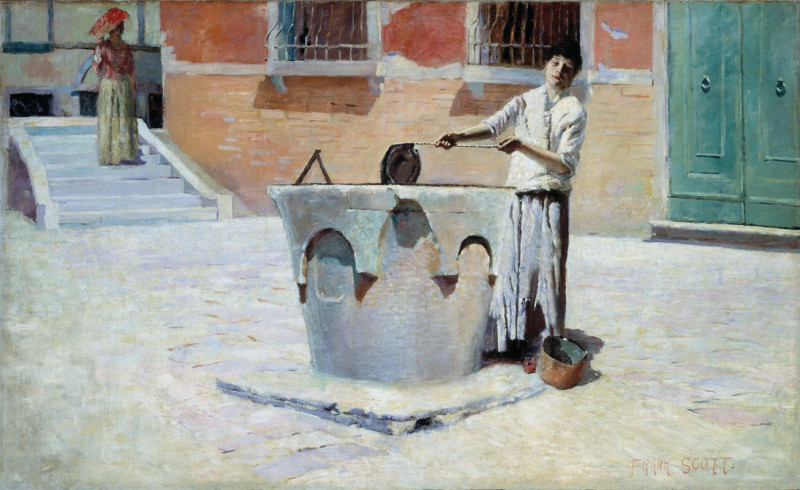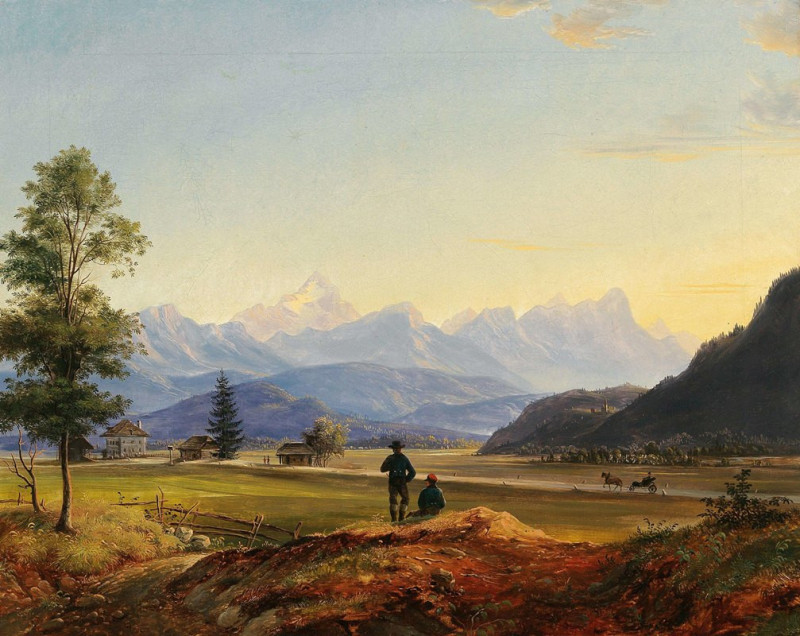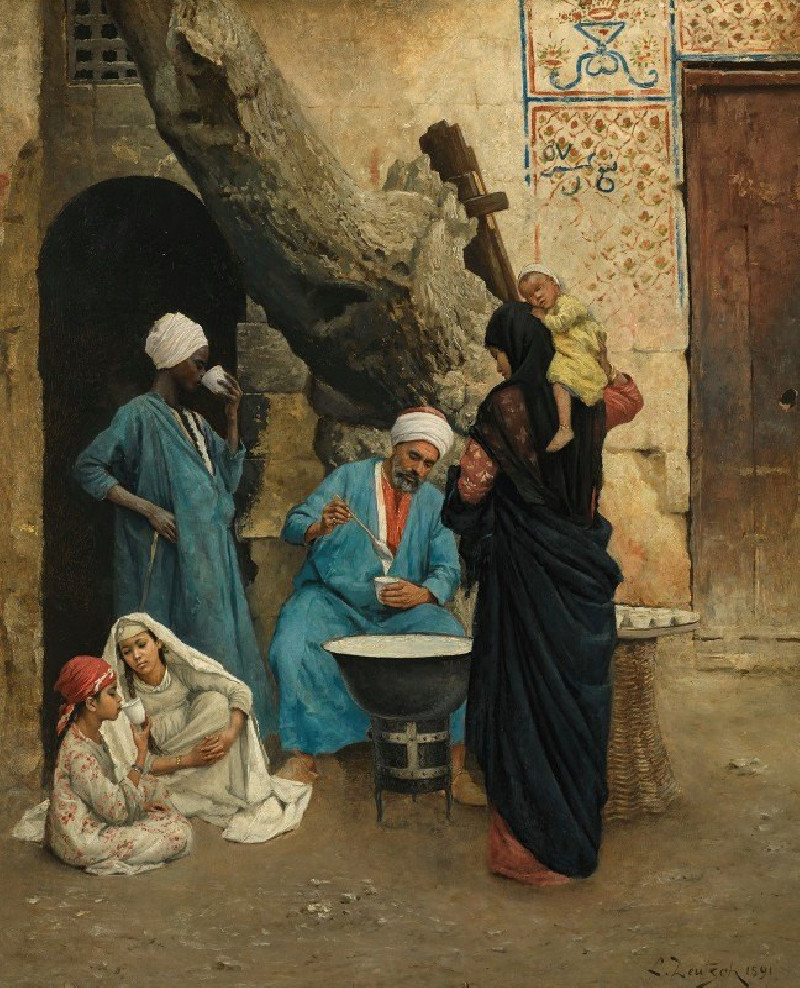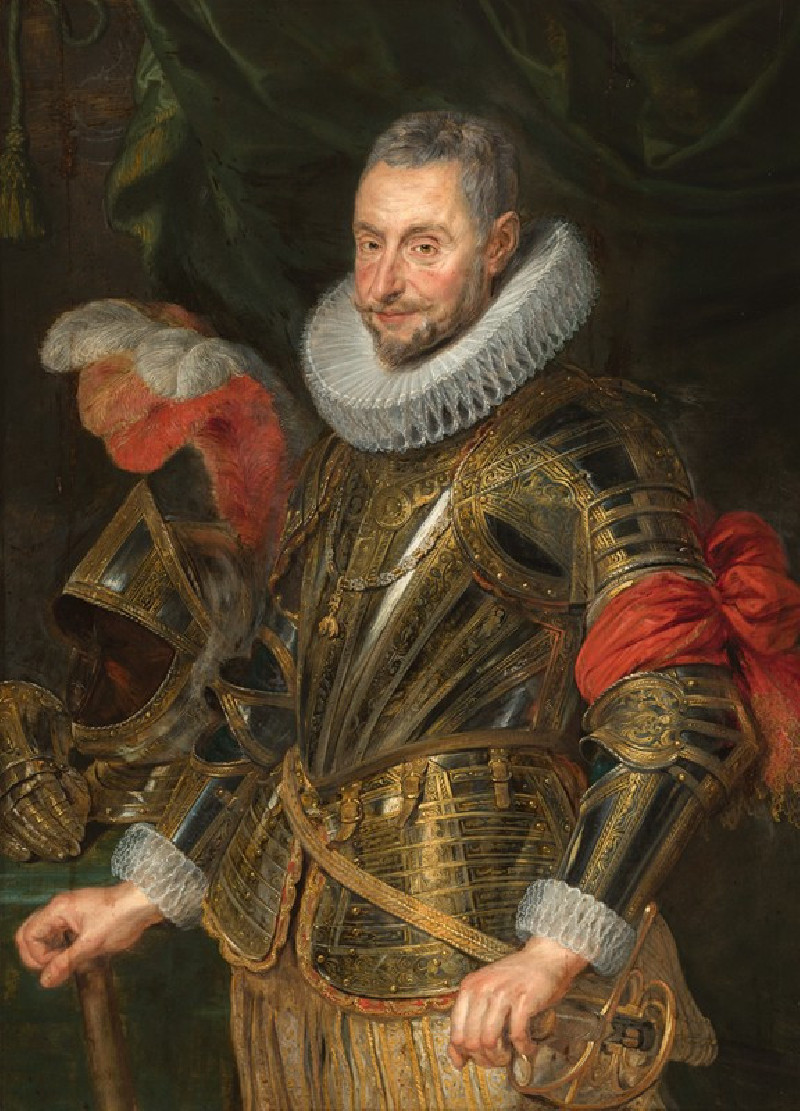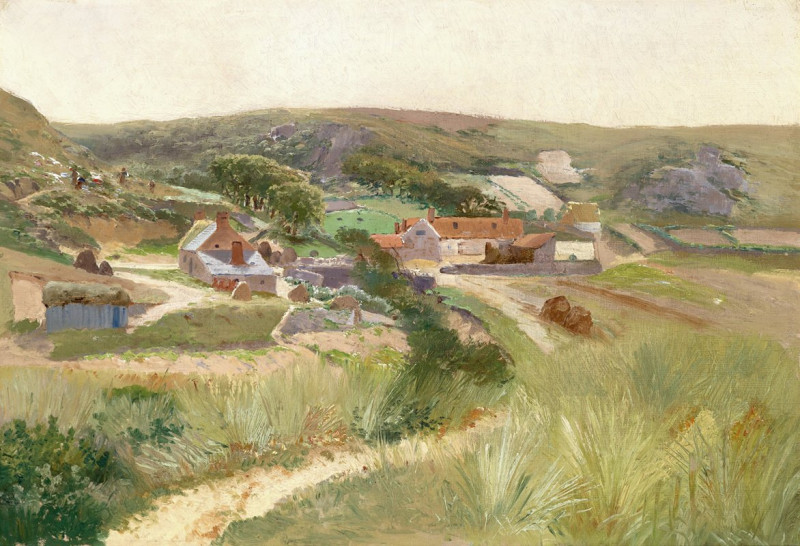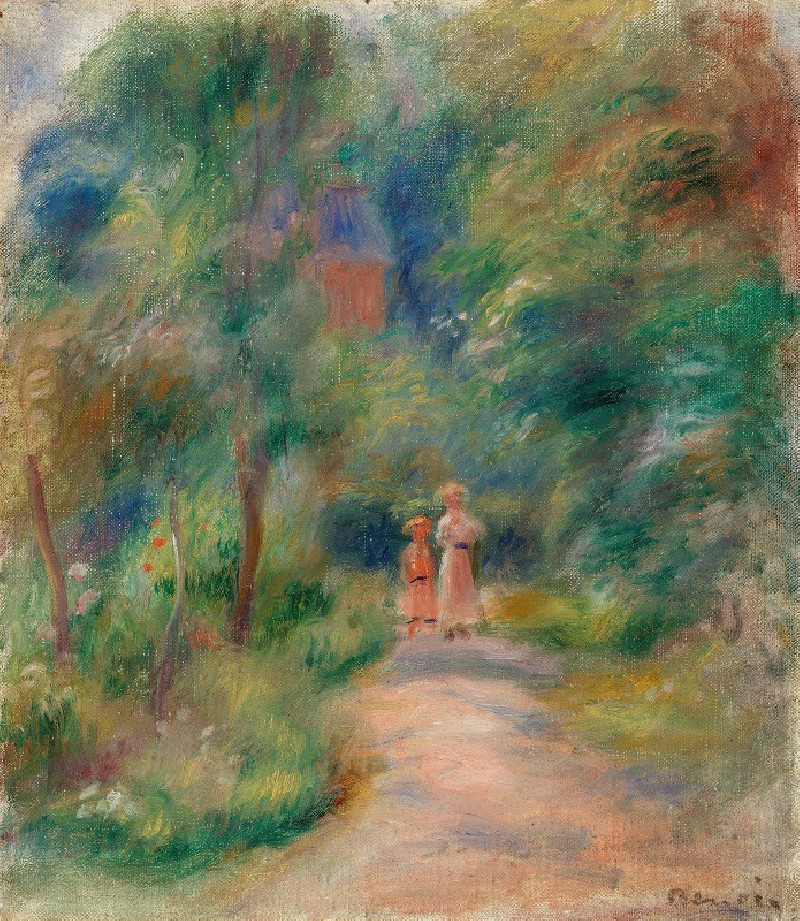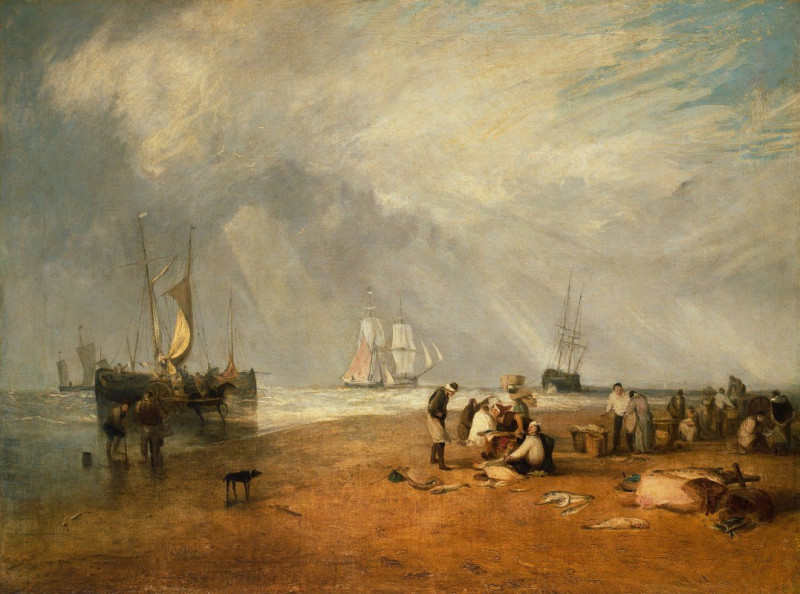Yarmouth Sands (ca. 1840)
Technique: Giclée quality print
Recommended by our customers
More about this artwork
Dive into the swirling mists and atmospheric turmoil of Joseph Mallord William Turner’s "Yarmouth Sands," a painting that captures the essence of the unpredictable English coastline around 1840. Dominated by Turner’s masterful use of light and color, this artwork presents a mesmerizing scene where nature and humanity intersect against the vast backdrop of the sea.At first glance, "Yarmouth Sands" appears as a whirlwind of colors and forms, depicting a stormy day at the beach. The painting is wonderfully ambiguous, allowing viewers to sink into the depths of their imagination. The foreground, smeared with sandy tones, meets the chaotic, foamy waves that dominate the middle of the scene. Turner's brush strokes evoke the wild energy of the wind and water, blending the sky and sea into a continuous dynamic flux.Central to the composition are the figures scattered across the beach, possibly beachcombers braving the wind to find whatever treasures the sea has cast aside. Their presence, slightly obscured and ghostlike, adds a sense of scale and liveliness to the vast natural forces displayed. On the right, a ship battles against the waves, perhaps stranded or fighting for passage, enhancing the overall drama.Turner has always been celebrated for his ability to convey stark beauty and raw nature through his pioneering techniques. In "Yarmouth Sands," he invites the viewer to witness a moment of natural power, beautifully transient, captured forever in hues that seem to be painted with the ocean spray itself.For lovers of art and nature, this painting offers a vivid journey into the tumultuous and ever-changing encounters between land, sea, and sky.
Delivery
Returns
Joseph Mallord William Turner RA, known in his time as William Turner, was an English Romantic painter, printmaker and watercolourist. He is known for his expressive colourisations, imaginative landscapes and turbulent, often violent marine paintings. He left behind more than 550 oil paintings, 2,000 watercolours, and 30,000 works on paper. He was championed by the leading English art critic John Ruskin from 1840, and is today regarded as having elevated landscape painting to an eminence rivalling history painting.

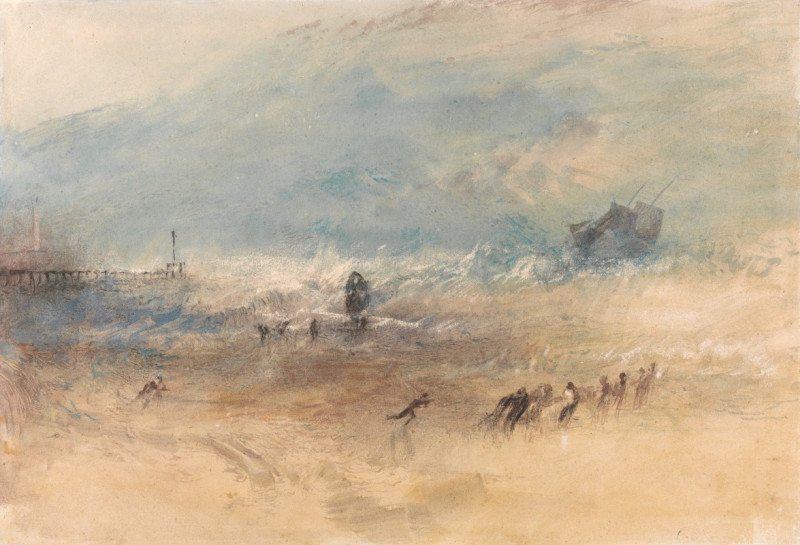
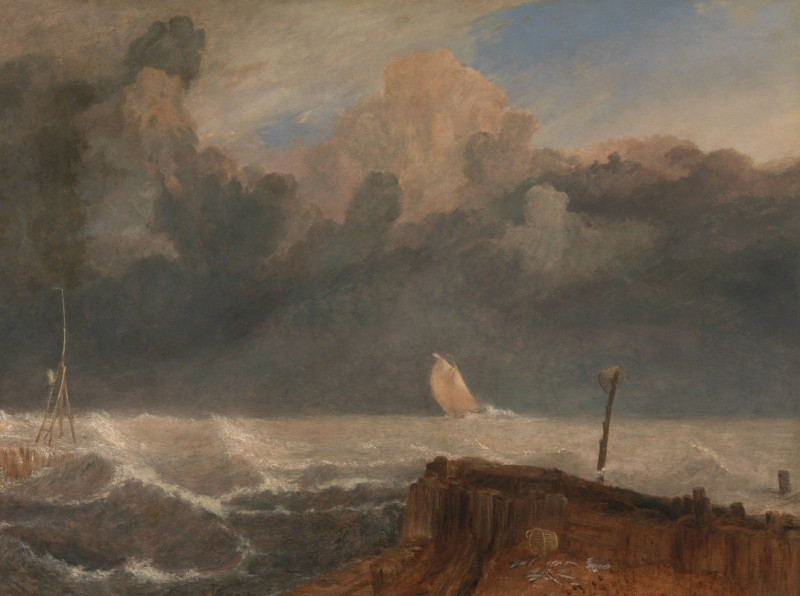
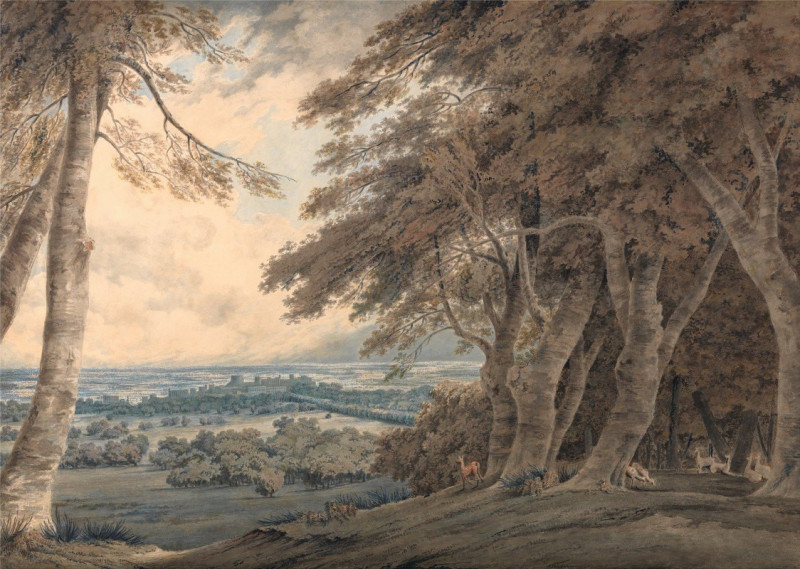
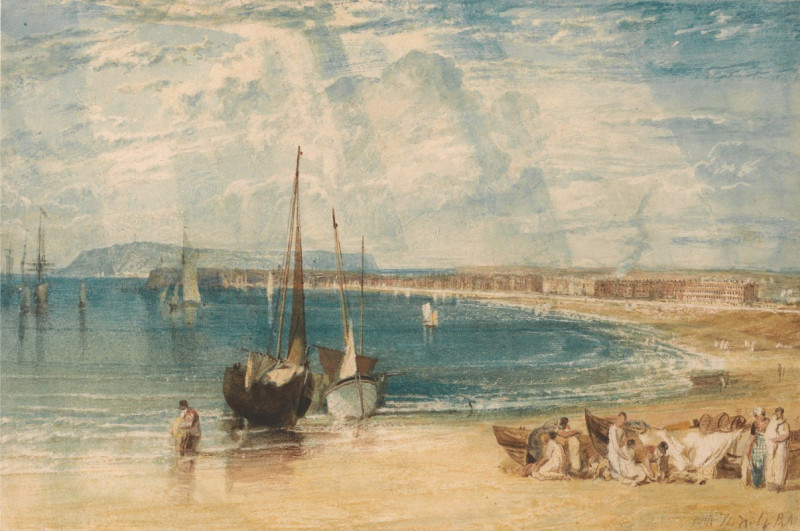
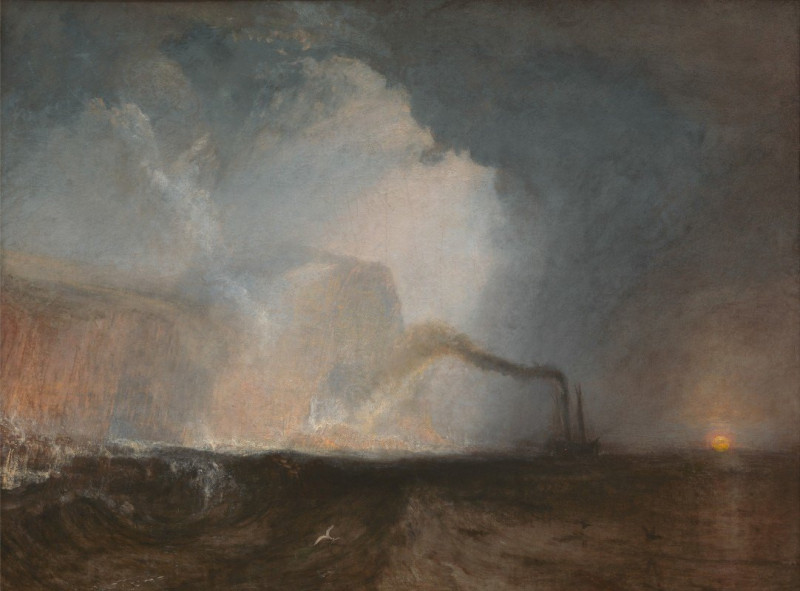
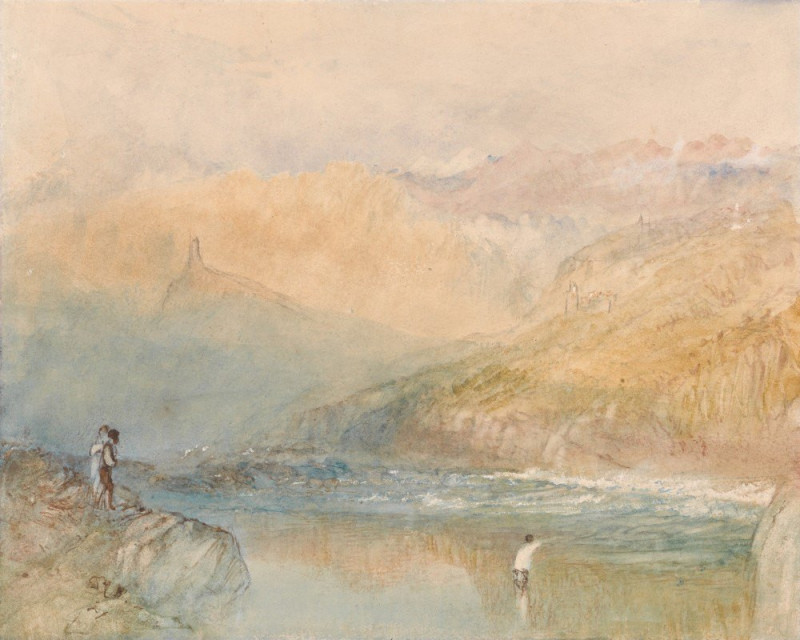
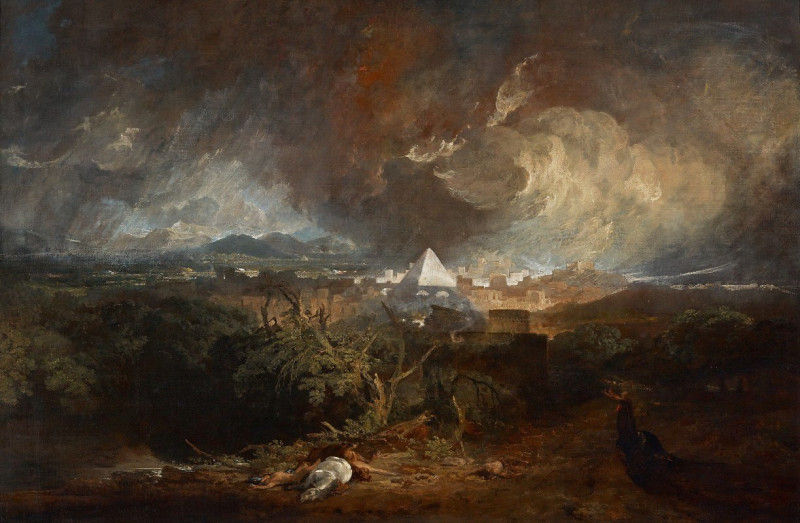

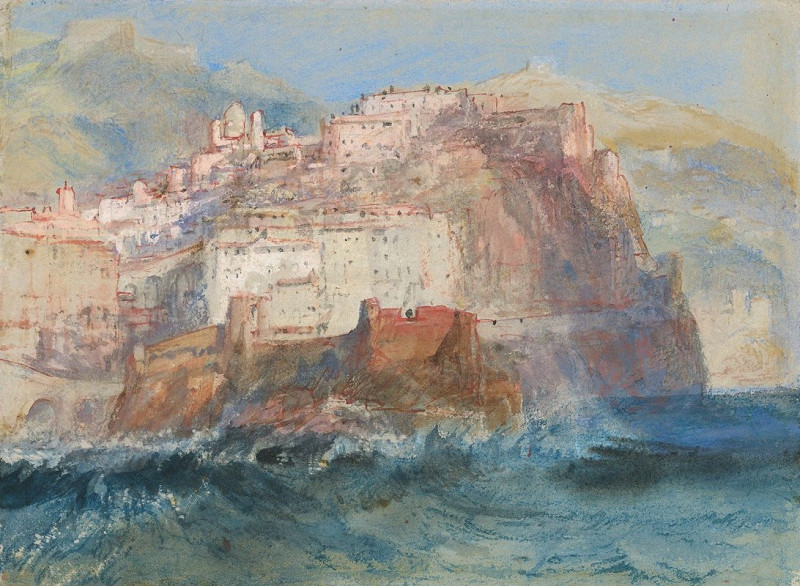
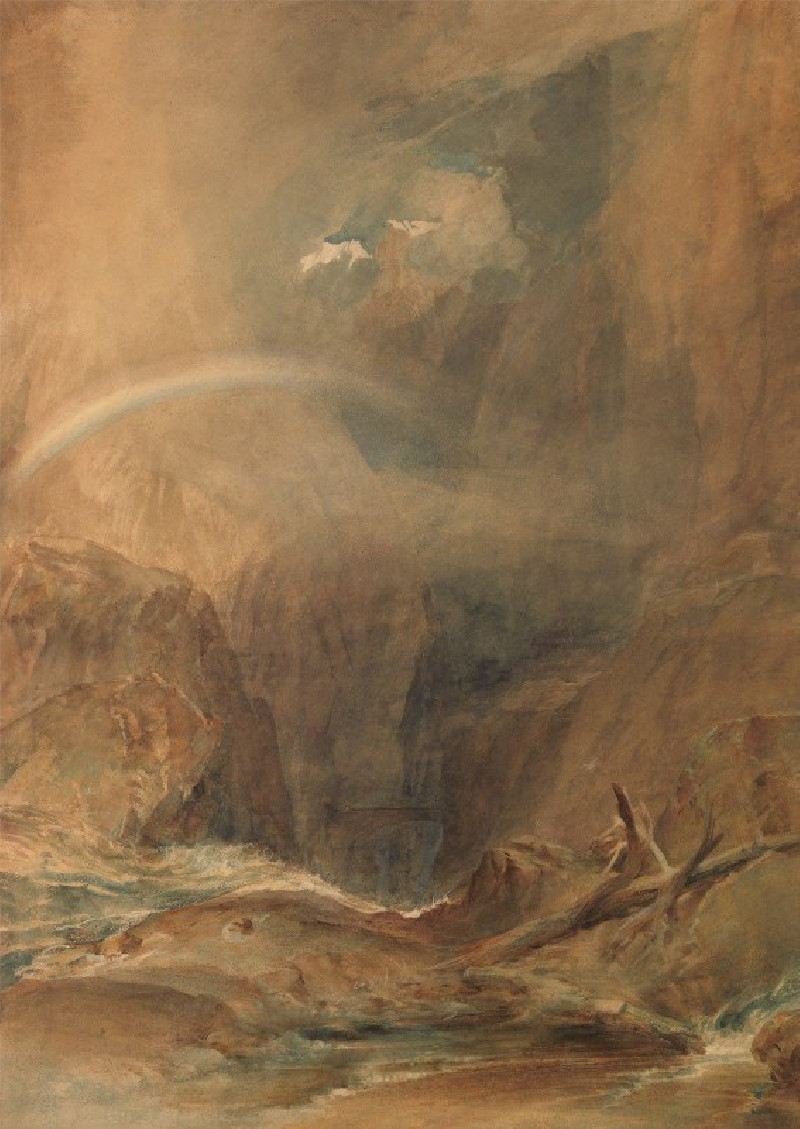

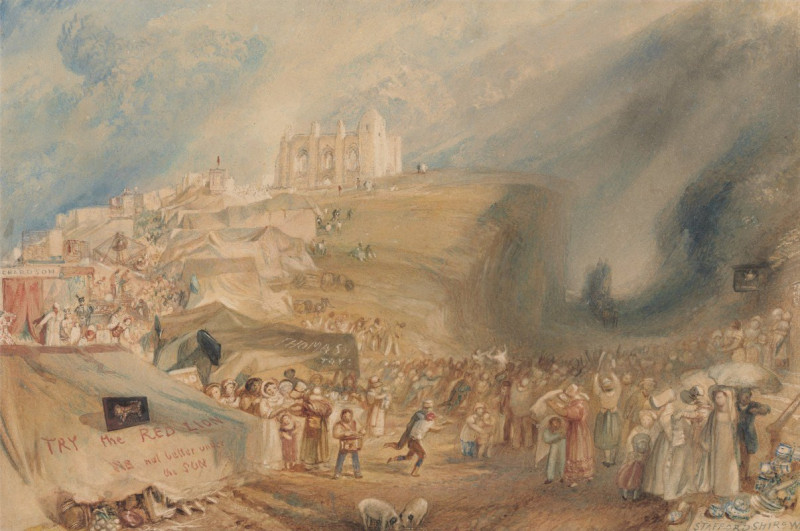
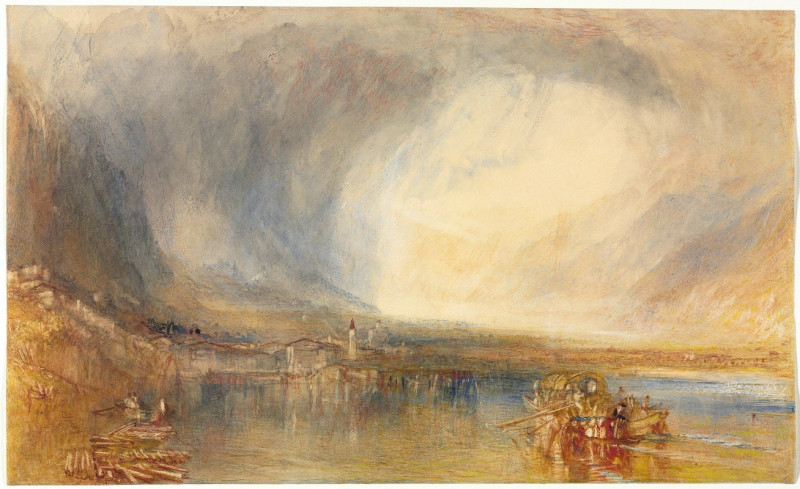
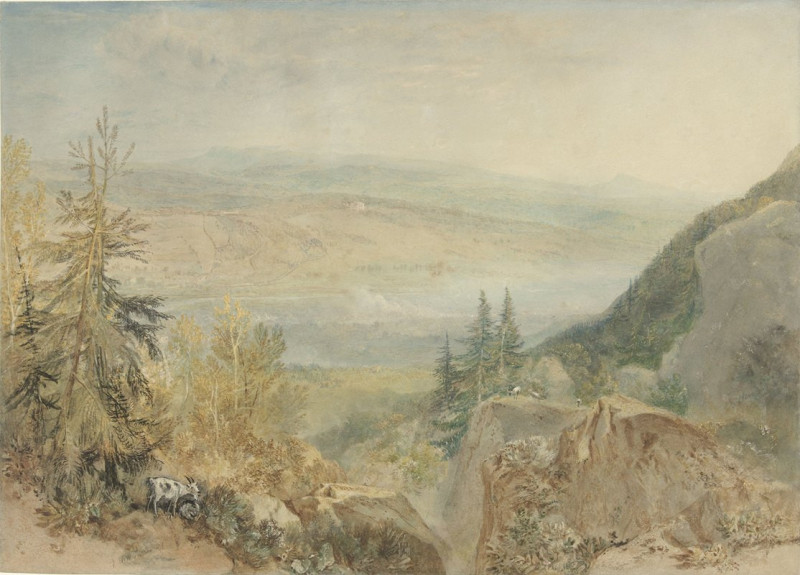

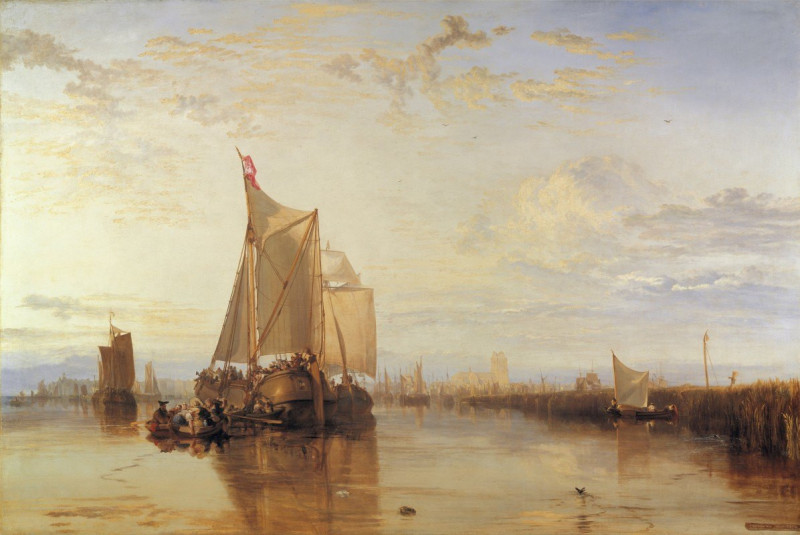



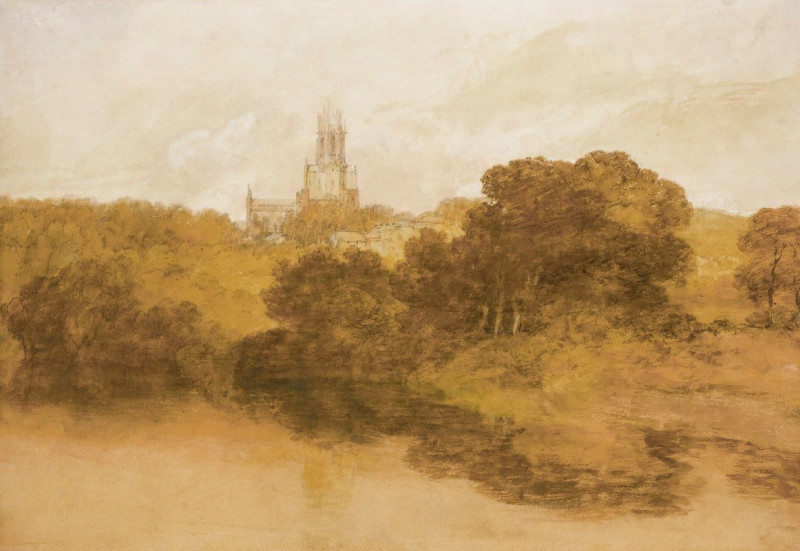
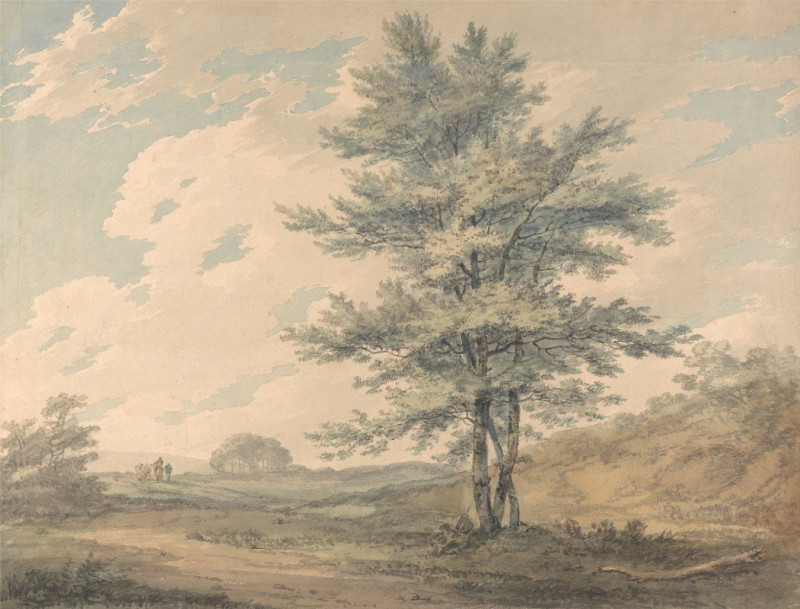


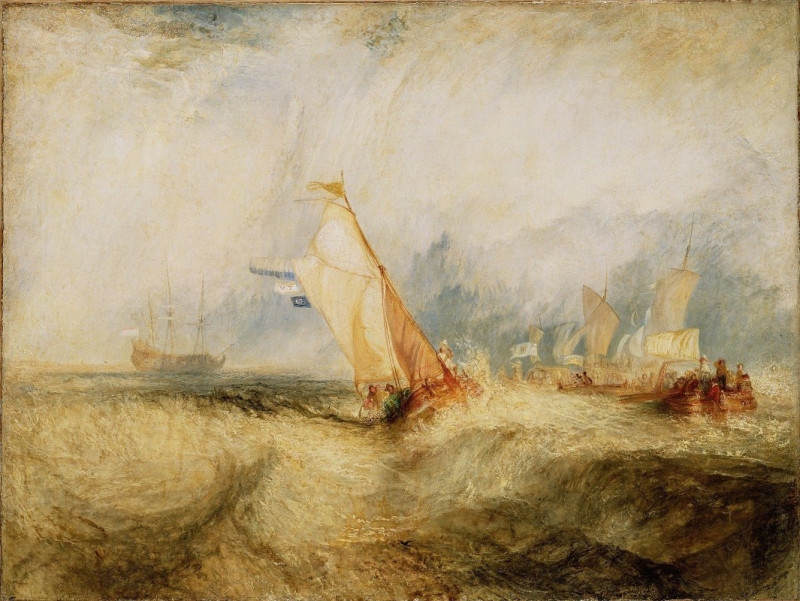
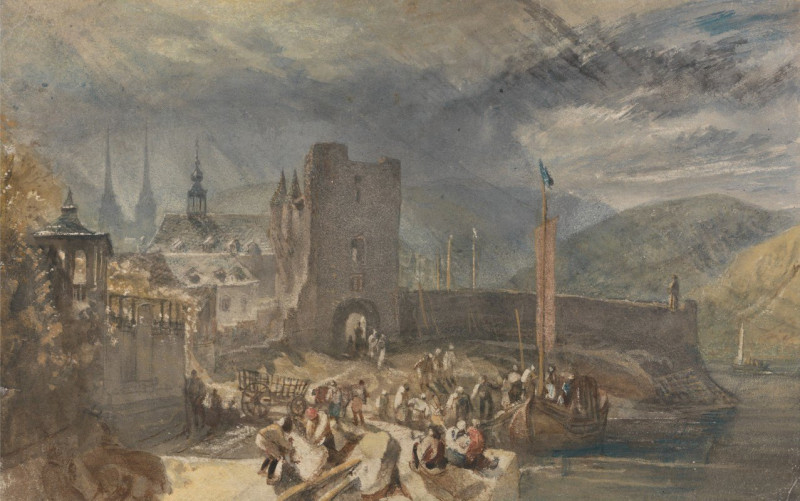
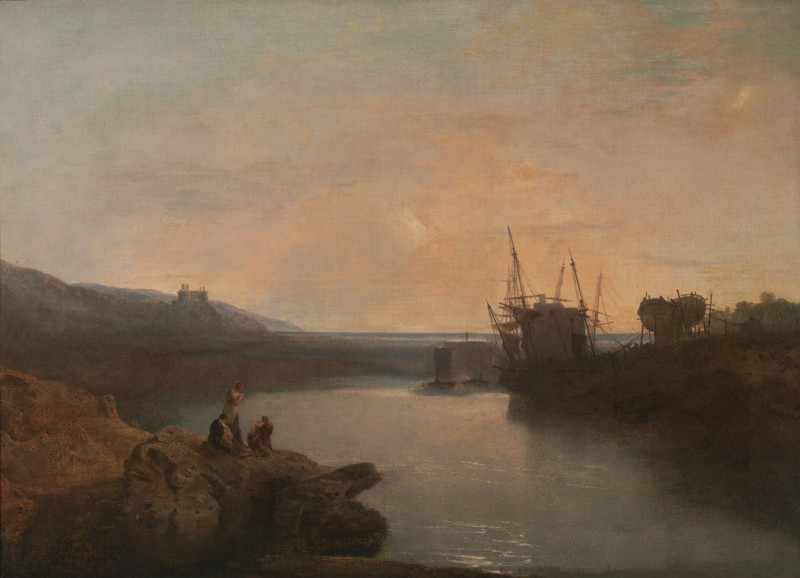


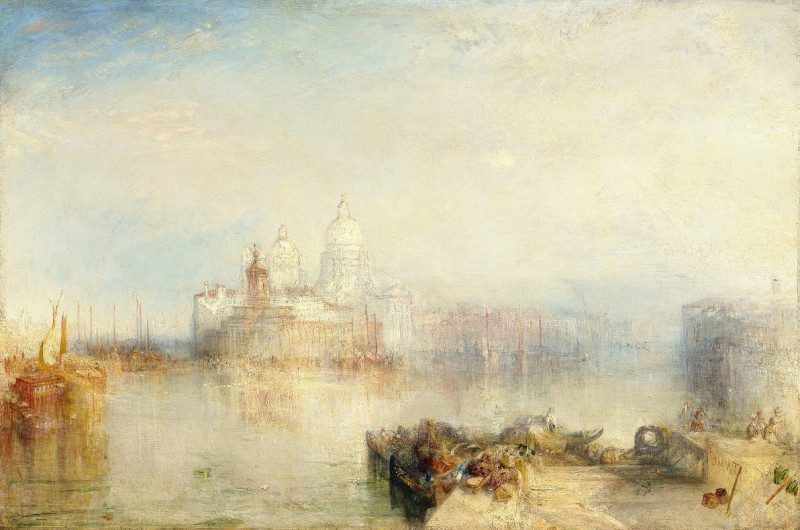

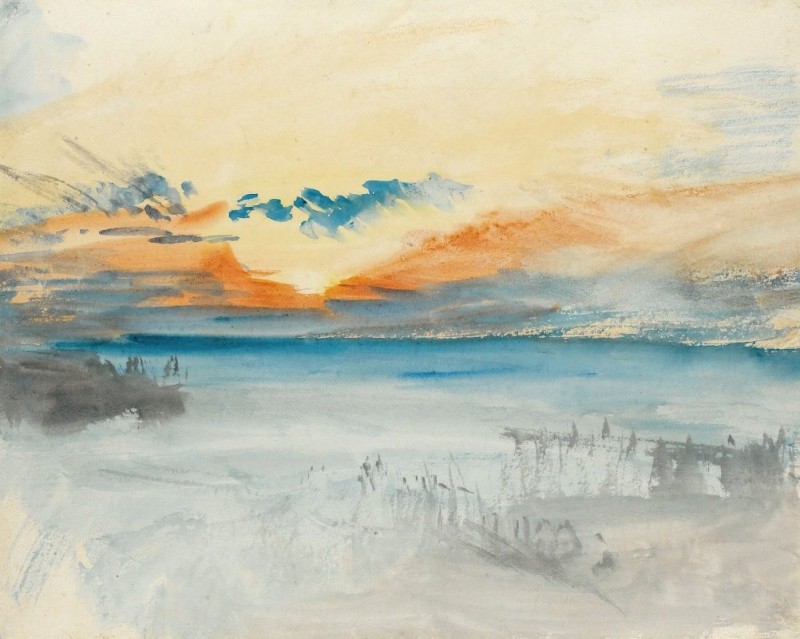
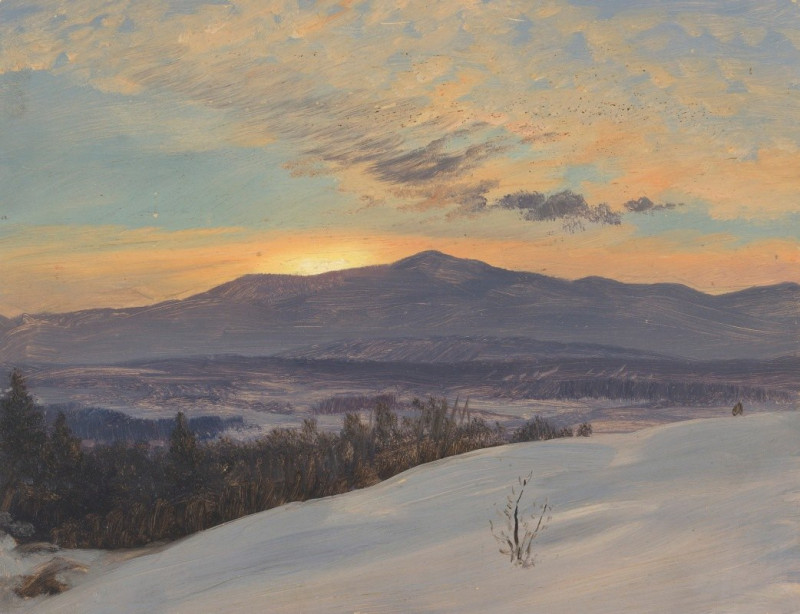
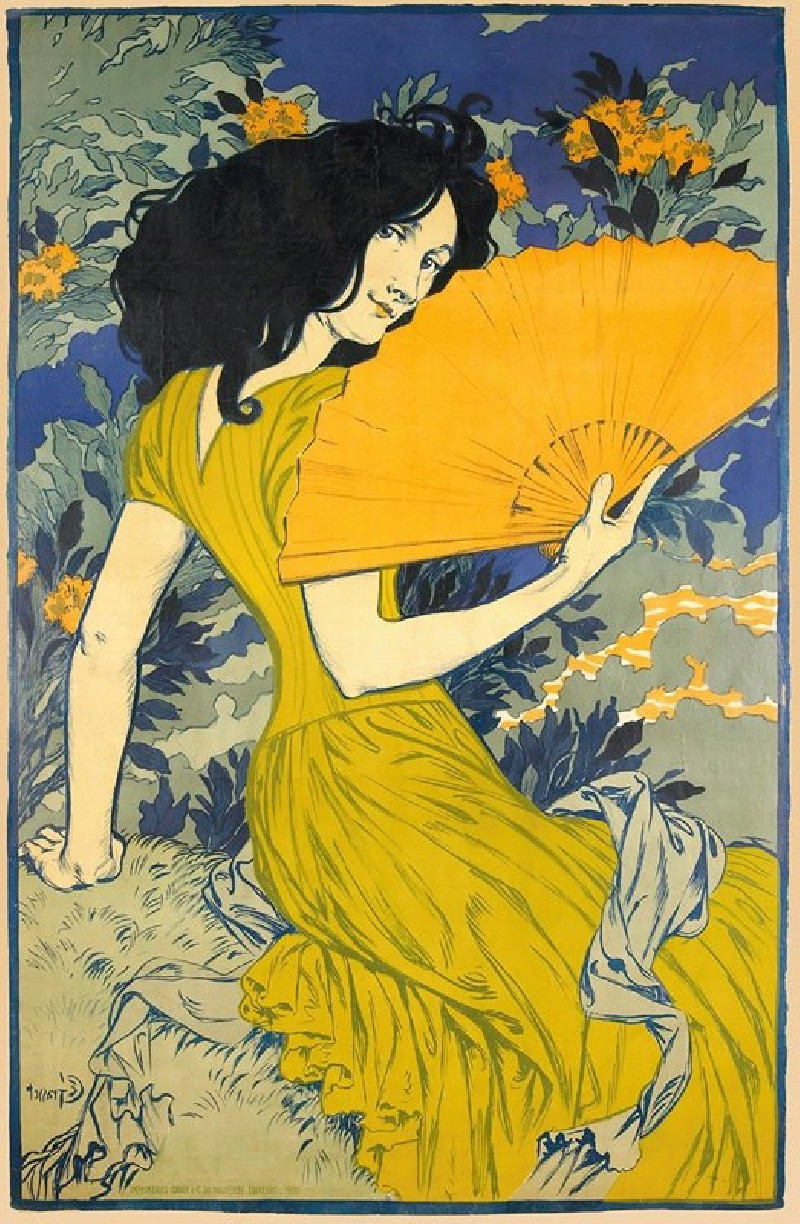
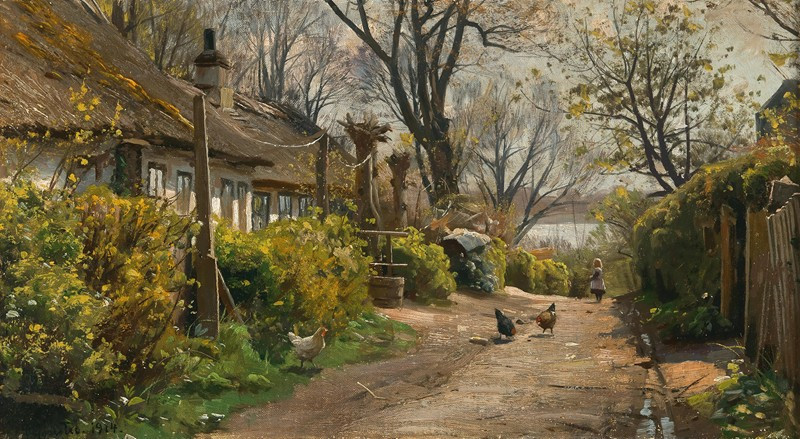

![Colossus in front of Temple of Wady Saboua [Wadi al-Sabua], Nubia. (1846-1849) reproduction of painting by David Roberts. ALL...](https://reprodukcijos.lt/39135-large_default/reproduction-of-colossus-in-front-of-temple-of-wady-saboua-wadi-al-sabua-nubia-1846-1849.jpg)
